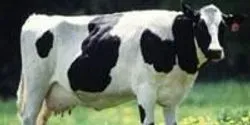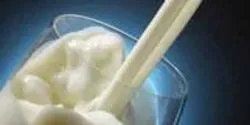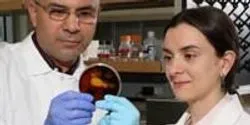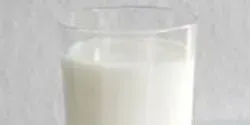dairy products

Kansas and U.S. dairy producers may avoid some of the billions of dollars lost to mastitis thanks to a Kansas State University technology that is detecting the early stages of the disease in dairy cows.

After spending more than a decade decoding breast milk’s important health-promoting constituents, a team of researchers in the Foods for Health Institute at the University of California, Davis, is now doing the same for cow’s milk, with potential benefits both for human health and the U.S. dairy industry.

Recently, you may have heard some concerns suggesting the FDA has taken steps to end the long-standing practice in the cheesemaking industry of using wooden boards to age cheese. To be clear, we have not and are not prohibiting or banning the long-standing practice of using wood shelving in artisanal cheese. Nor does the FDA Food Safety Modernization Act (FSMA) require any such action. Reports to the contrary are not accurate.

Consumers may have more palatable low-fat products and milk producers a solution to an industrywide problem through use of a unique strain of lactic acid bacteria, according to Ashraf Hassan, associate professor of dairy science at South Dakota State University.














